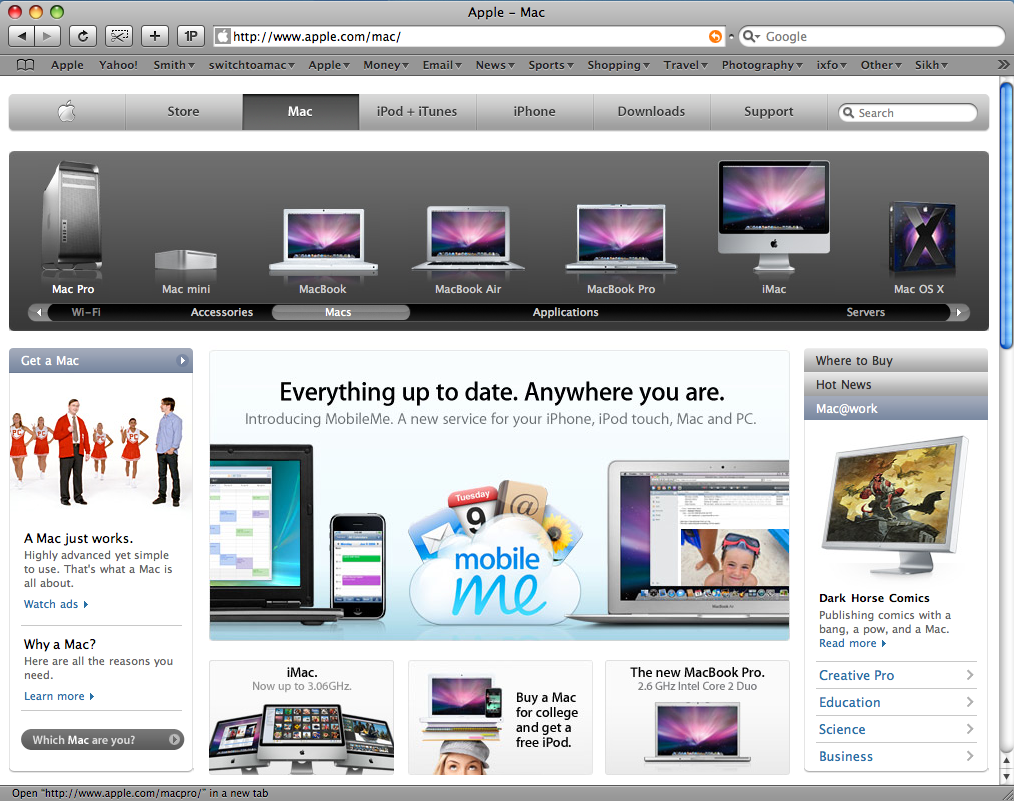

- SAFARI BROWSER APP SOFTWARE DOWNLOAD
- SAFARI BROWSER APP INSTALL
- SAFARI BROWSER APP TV
- SAFARI BROWSER APP WINDOWS
Most websites took a long time to load, while web apps (such as YouTube and Google Maps) simply failed or prompted us to switch to a compatible browser. Even if the functionality were present previously, Apple probably would’ve stopped you from signing in to it by now.ĭuring our Safari tests on Windows, the browser started showing its age. That makes it impossible to sync your browsing data from an iPhone or Mac. What the browser does not allow is to sign in with an Apple ID. Double-click the downloaded SafariSetup executable file. Unfortunately, Apple no longer supports Safari for Windows, so you can’t get it from an official source.Ģ.
SAFARI BROWSER APP SOFTWARE DOWNLOAD
Download the Safari installer from a software download portal such as Uptodown, Filehippo, or TechSpot. But unless you just want to have a feel of how Safari looked almost a decade earlier, we recommend you stay away from it.ġ.
SAFARI BROWSER APP WINDOWS
Regardless, the steps below will walk you through downloading and installing Safari on your Windows 10/11 PC. You also can’t sync your browsing data, so it’s not a solution if you want to access bookmarks and passwords. The problem? It’s terribly slow and dated, lacks compatibility with most web apps, and poses security risks.
SAFARI BROWSER APP INSTALL
However, the final version of the browser (Safari v.5.1.7) is freely available on the internet, so you can quickly download and install it on your Windows 10 or 11 PC.

Nearly 400,000 subscribers received the newsletter complete with a handwritten tip every day.Download and Install Safari on Your Windows PCĪpple halted the development of Safari for Windows in 2012. He gave advice on dark web scans on Miami's NBC 6, discussed Windows XP's demise on WGN-TV's Midday News in Chicago, and shared his CES experiences on WJR-AM's Guy Gordon Show in Detroit.Ĭhris also ran MakeUseOf's email newsletter for two years.
SAFARI BROWSER APP TV
In addition to his extensive writing experience, Chris has been interviewed as a technology expert on TV news and radio shows. The company's project was later reportedly shut down by the U.S. A wave of negative publicity ensued, with coverage on BuzzFeed News, CNBC, the BBC, and TechCrunch. At CES 2018, he broke the news about Kodak's "KashMiner" Bitcoin mining scheme with a viral tweet. Starting in 2015, Chris attended the Computer Electronics Show (CES) in Las Vegas for five years running. His work has even appeared on the front page of Reddit.Īrticles he's written have been used as a source for everything from books like Team Human by Douglas Rushkoff, media theory professor at the City University of New York's Queens College and CNN contributor, to university textbooks and even late-night TV shows like Comedy Central's with Chris Hardwick. His roundups of new features in Windows 10 updates have been called "the most detailed, useful Windows version previews of anyone on the web" and covered by prominent Windows journalists like Paul Thurrott and Mary Jo Foley on TWiT's Windows Weekly. Instructional tutorials he's written have been linked to by organizations like The New York Times, Wirecutter, Lifehacker, the BBC, CNET, Ars Technica, and John Gruber's Daring Fireball. The news he's broken has been covered by outlets like the BBC, The Verge, Slate, Gizmodo, Engadget, TechCrunch, Digital Trends, ZDNet, The Next Web, and Techmeme. Beyond the column, he wrote about everything from Windows to tech travel tips. He founded PCWorld's "World Beyond Windows" column, which covered the latest developments in open-source operating systems like Linux and Chrome OS. He also wrote the USA's most-saved article of 2021, according to Pocket.Ĭhris was a PCWorld columnist for two years. Beyond the web, his work has appeared in the print edition of The New York Times (September 9, 2019) and in PCWorld's print magazines, specifically in the August 2013 and July 2013 editions, where his story was on the cover. With over a decade of writing experience in the field of technology, Chris has written for a variety of publications including The New York Times, Reader's Digest, IDG's PCWorld, Digital Trends, and MakeUseOf. Chris has personally written over 2,000 articles that have been read more than one billion times-and that's just here at How-To Geek. Chris Hoffman is the former Editor-in-Chief of How-To Geek.


 0 kommentar(er)
0 kommentar(er)
